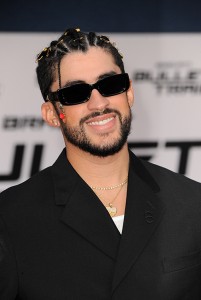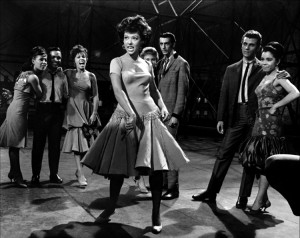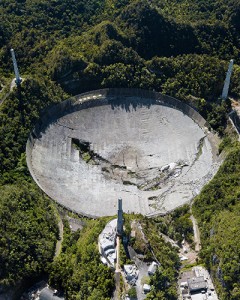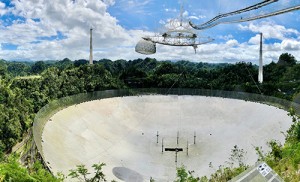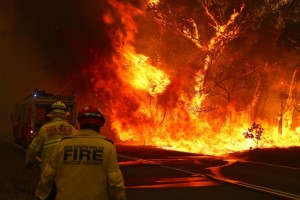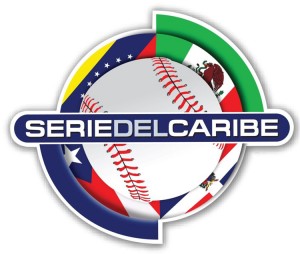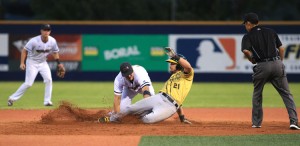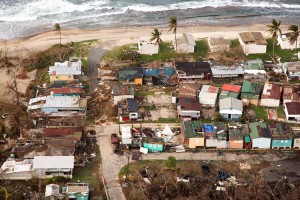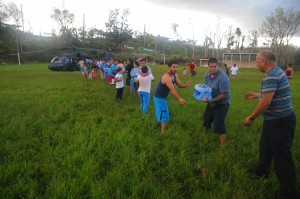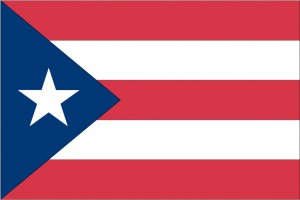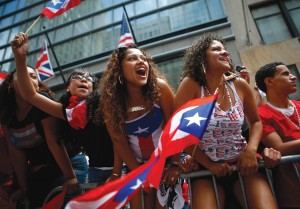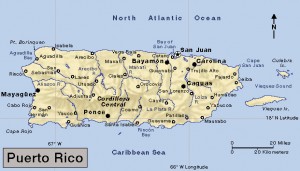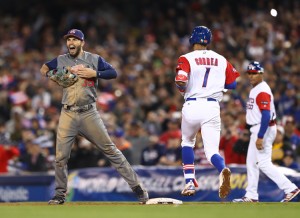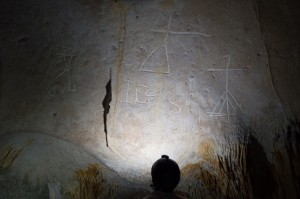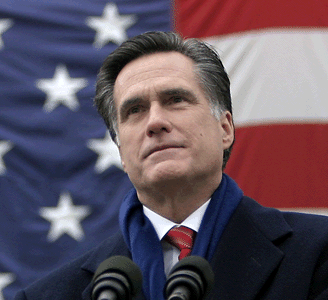Hispanic Heritage Month: Rapper Bad Bunny
Wednesday, September 20th, 2023People in the United States observe National Hispanic Heritage Month each year from September 15 to October 15. During this period, Latin American countries celebrate their independence. These countries include Cuba, Costa Rica, El Salvador, Guatemala, Honduras, Mexico, and Nicaragua.
Bad Bunny is a Puerto Rican singer, rapper, and music producer. He is a Latin trap and reggaetón singer. Trap music is a genre (category) of rap music known for its heavy beats. Reggaetón is a type of dance music that originated in Puerto Rico. It draws inspiration from American hip-hop and Latin American and Caribbean music. Bad Bunny is known for his solo work, as well as his collaborations with such artists as Cardi B, Drake, and the Colombian singer J Balvin. He is also known for his personal style and fashion choices.
Benito Antonio Martínez Ocasio was born on March 10, 1994, in Vega Baja, Puerto Rico. His stage name came from a childhood photograph in which he appeared dressed in a rabbit costume with an angry look on his face. He was interested in music from a young age. He started making music while at the University of Puerto Rico at Arecibo. He began releasing songs on the music-sharing website SoundCloud.
Bad Bunny signed a recording contract with the label Hear This Music in 2016. In 2017, he released “Soy Peor” (“I’m Worse”). The song reached number 22 on Billboard magazine’s “Hot Latin Songs” chart. In 2018, Bad Bunny released X 100pre (Forever), his first full-length album. The album reached the top spot on Billboard’s “Top Latin Albums” chart within one week of its release.
Bad Bunny’s second album, YHLQMDLG—Yo Hago Lo Que Me Da La Gana (I Do Whatever I Want), was released in 2020. It debuted at number two on the “Billboard 200″ chart. Later in 2020, his album El Último Tour del Mundo (The Last Tour of the World) became the first album recorded entirely in Spanish to reach the top of the “Billboard 200″ chart. In 2021, Bad Bunny won a Grammy Award for best Latin pop or urban album for YHLQMDLG. Later in 2021, he released the hit single “Yonaguni,” which he recorded partly in Japanese. Yonaguni is the name of a Japanese island. In 2022, Bad Bunny won a Grammy Award for best música urbana (urban music) album, for El Último Tour del Mundo.Un Verano Sin Ti (A Summer Without You)

